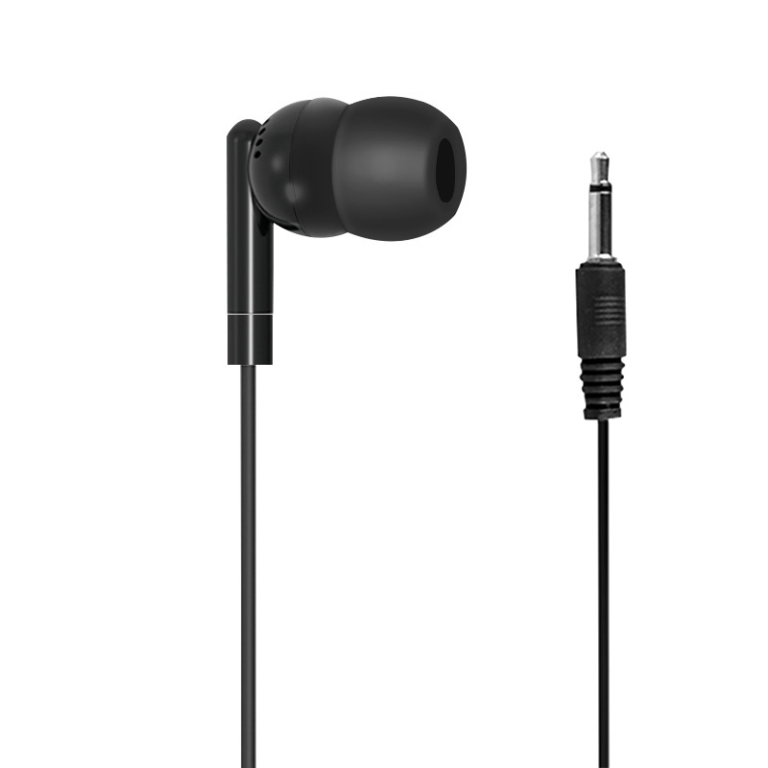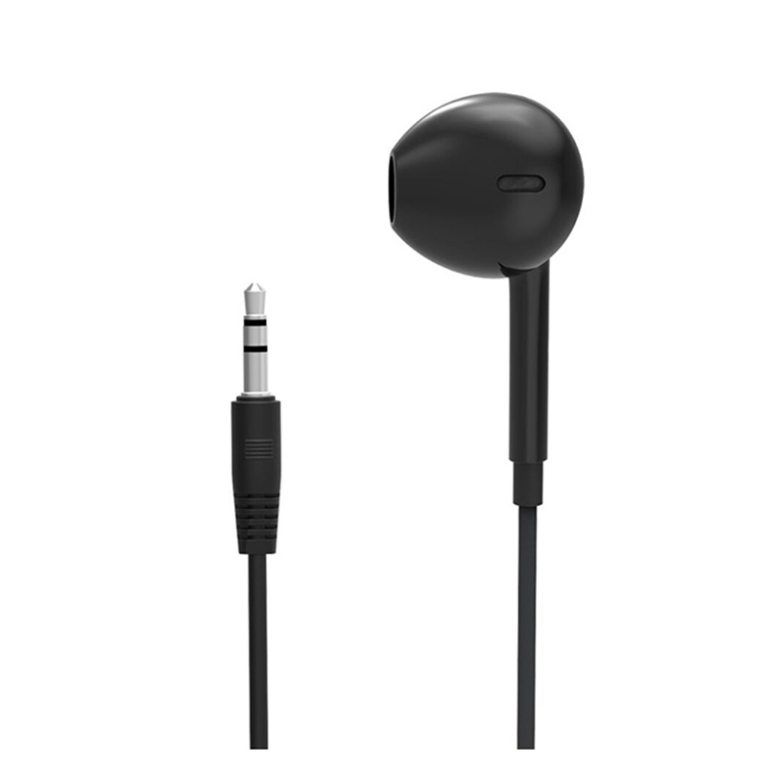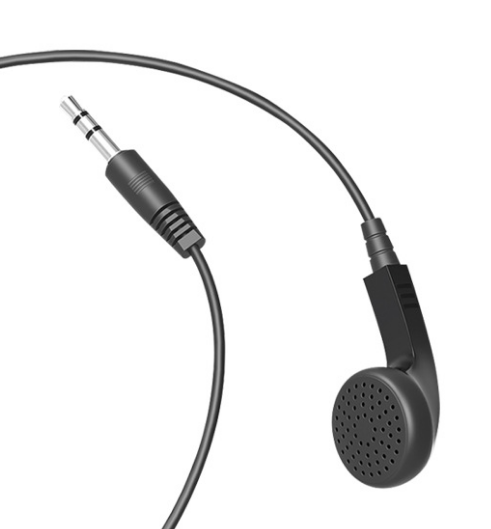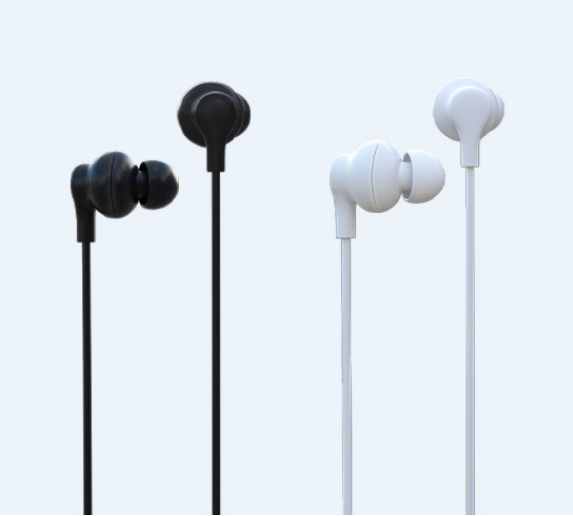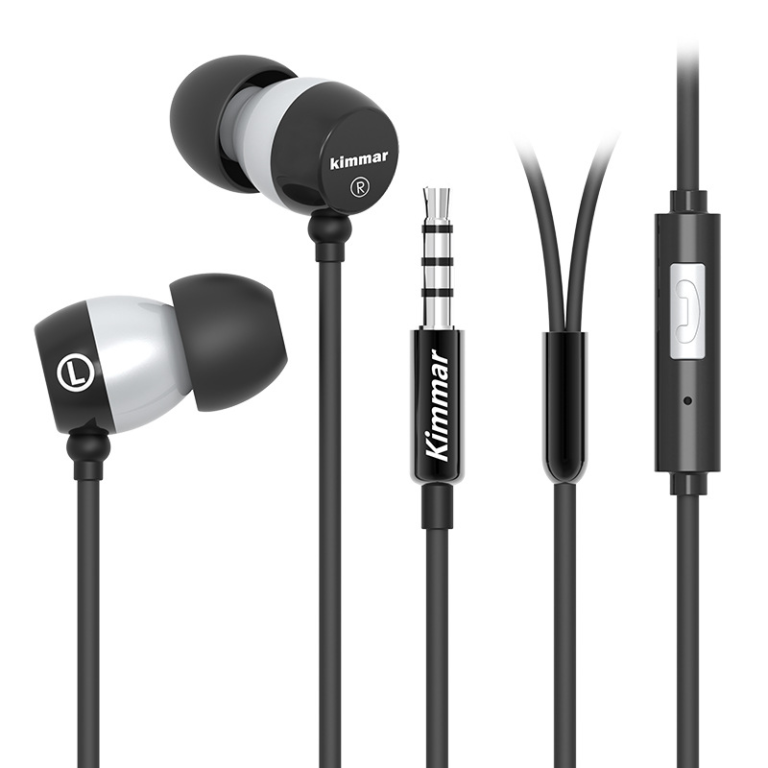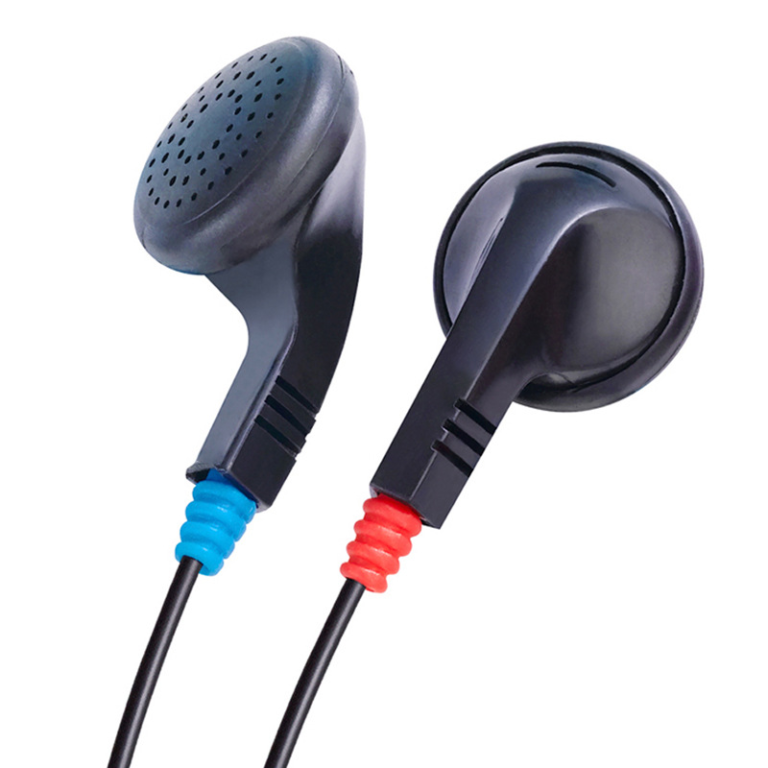The Nature of Noise: The Superposition of Sound Wave Energy
Sound is an energy wave produced by air vibrations and has two key attributes: amplitude (which determines the volume) and frequency (which determines the pitch). The human ear can recognize frequencies from 20Hz to 20kHz. When two sound waves meet, their amplitudes add together—and this is the key breakthrough point for noise-cancellation technology.
The Four-Step Process of Active Noise Cancellation (ANC)
Detection:
External feedback microphones on the headphones (Feedforward Mics) continuously capture ambient noise (such as airplane engine noise).
Technical Challenge: It is necessary to distinguish between stable low-frequency noise (which can be cancelled) and sudden high-frequency human voices (which are difficult to handle).
External feedback microphones on the headphones (Feedforward Mics) continuously capture ambient noise (such as airplane engine noise).
Technical Challenge: It is necessary to distinguish between stable low-frequency noise (which can be cancelled) and sudden high-frequency human voices (which are difficult to handle).
Calculation:
The built-in chip analyzes the noise waveform and predicts its future propagation path (completed within about 0.001 seconds).
The built-in chip analyzes the noise waveform and predicts its future propagation path (completed within about 0.001 seconds).
Generation:
The speaker emits an anti-noise wave. Its amplitude is exactly the same as that of the noise, but its phase is precisely opposite.
The speaker emits an anti-noise wave. Its amplitude is exactly the same as that of the noise, but its phase is precisely opposite.
Cancellation:
When the noise wave (+A) and the anti-noise wave (-A) superimpose, the theoretical energy is zero (the actual noise reduction is about 20-40dB).
When the noise wave (+A) and the anti-noise wave (-A) superimpose, the theoretical energy is zero (the actual noise reduction is about 20-40dB).
Why ANC Is Less Effective Against High-Frequency Noise?
Wavelength Limitation:
-
At 100Hz, with a wavelength of 3.4 meters, ANC is easy to implement because the long wavelength makes phase matching simple.
-
At 1kHz, with a wavelength of 34 centimeters, ANC faces medium difficulty.
-
At 10kHz, with a wavelength of 3.4 centimeters, ANC is very difficult because even small errors can lead to increased noise.
Real-world Solutions:
-
Hybrid Noise Cancellation = ANC (for low frequencies) + Physical Sound Isolation (using earplug materials to block high frequencies).
-
Adaptive ANC: Automatically adjusts noise-cancellation strength based on the environment (such as the intelligent algorithm in Sony WF-1000XM5).
Three Major Application Scenarios for ANC Technology
Travel and Commuting:
Pain Point: Low-frequency rumble from airplanes/metros
Solution: Broadband ANC (covering 50-1000Hz)
Pain Point: Low-frequency rumble from airplanes/metros
Solution: Broadband ANC (covering 50-1000Hz)
Office and Study:
Pain Point: Keyboard noise, hum of air conditioners
Solution: Transparency mode + Voice enhancement
Pain Point: Keyboard noise, hum of air conditioners
Solution: Transparency mode + Voice enhancement
Outdoor Sports:
Pain Point: Wind noise interfering with music
Solution: Anti-wind noise algorithm (reduces microphone pickup of wind speed vibrations)
Pain Point: Wind noise interfering with music
Solution: Anti-wind noise algorithm (reduces microphone pickup of wind speed vibrations)
Tips for Choosing ANC Headphones
Check the Specifications:
-
Noise Cancellation Depth: -35dB or above is considered flagship-level (such as Bose QuietComfort Ultra).
-
Noise Cancellation Frequency Range: The wider the coverage (such as 20Hz-2000Hz), the more versatile the application scenarios.
Try the Experience:
-
Test the mid-frequency voice suppression capability in a noisy café.
-
After turning on noise cancellation, press the earcup to check if there is any pressure sensation in the ear (high-quality headphones need to balance the pressure).
Common Misconceptions
Misconception 1: “Noise-Cancelling Headphones Make Everything Silent”
Fact: ANC mainly eliminates regular low-frequency noise, while conversations and alarms still rely on physical sound isolation.
Fact: ANC mainly eliminates regular low-frequency noise, while conversations and alarms still rely on physical sound isolation.
Misconception 2: “Stronger Noise Cancellation Drains More Battery”
Fact: With modern chip optimization (such as Qualcomm QCC5141), ANC only reduces battery life by 10%-15%.
Fact: With modern chip optimization (such as Qualcomm QCC5141), ANC only reduces battery life by 10%-15%.
